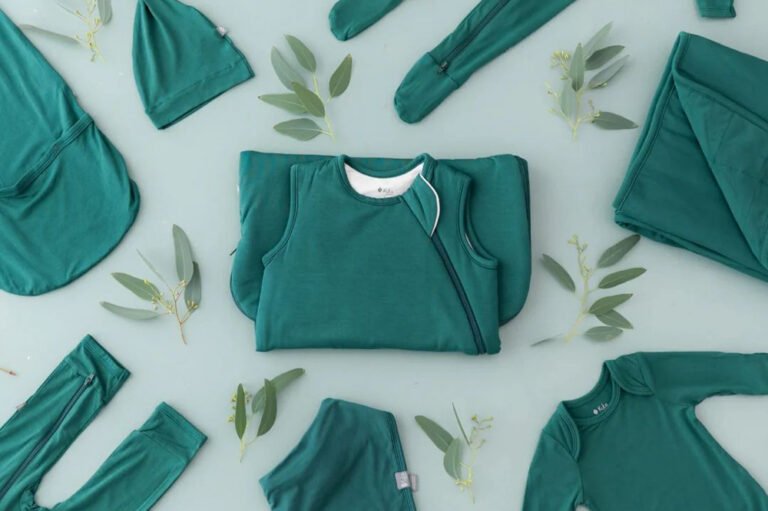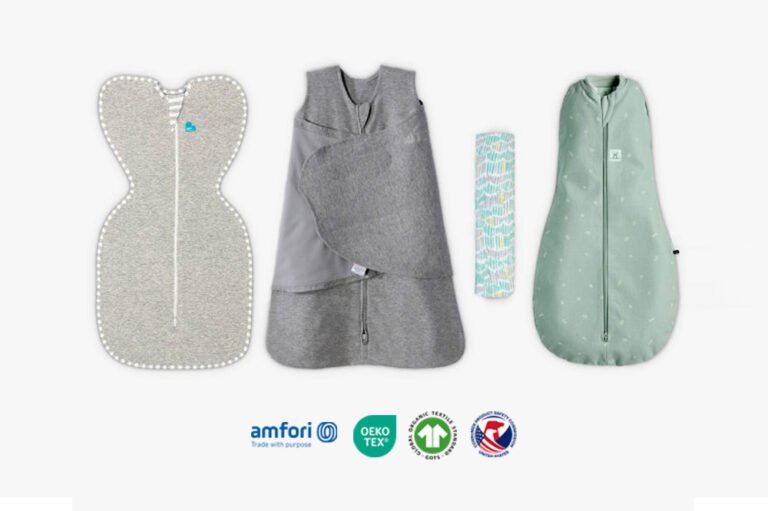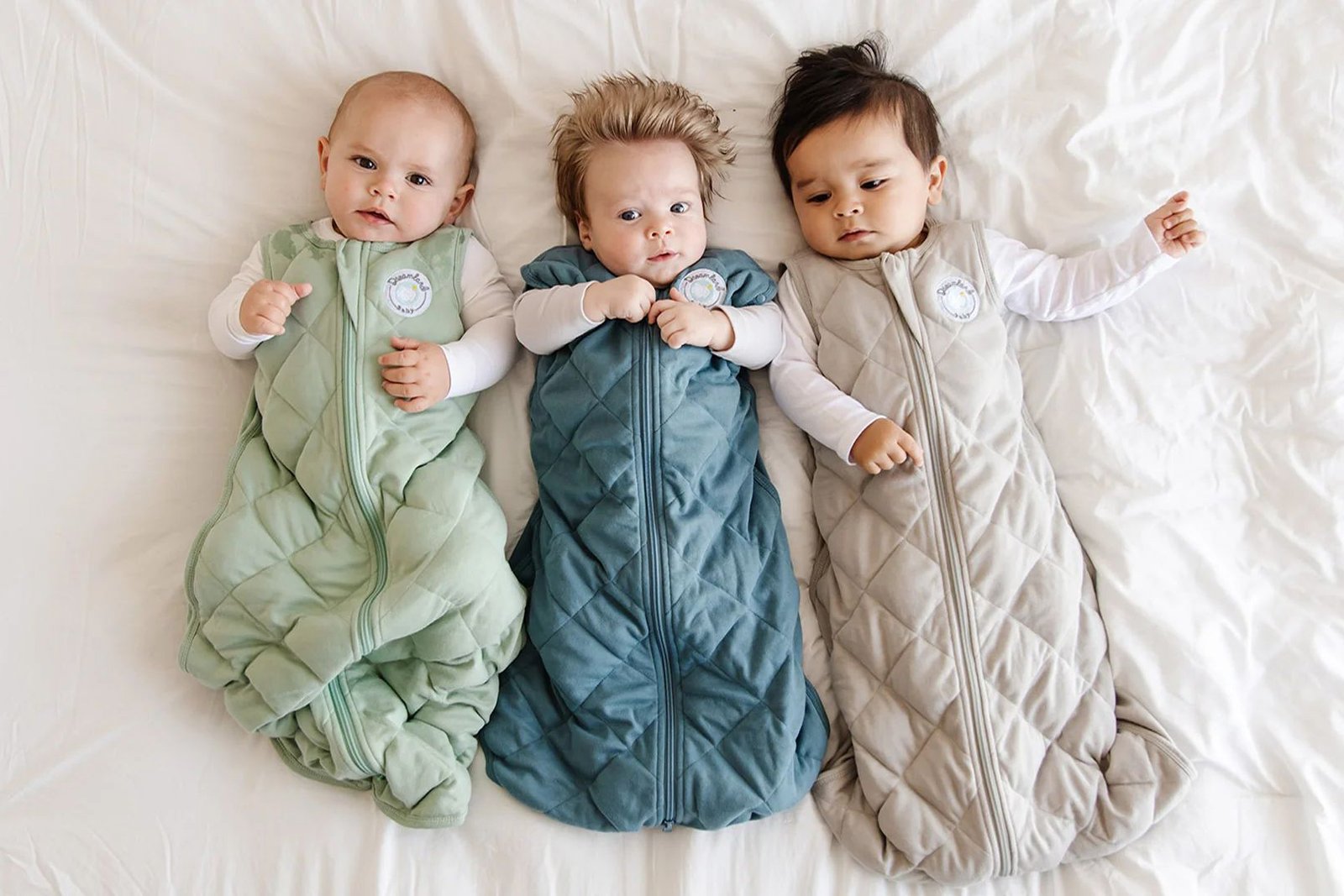
Weighted sleep sacks are becoming increasingly popular for helping babies sleep better, but are they safe? In this article, we will explore the benefits and risks of using weighted sleep sacks for babies and answer some key questions about their effectiveness and safety.
Weighted sleep sacks are designed to provide gentle pressure on a baby's body, mimicking the feeling of being swaddled. While they can offer comfort and improve sleep, it's important to ensure the weight is suitable for your baby’s age and size to prevent any safety concerns. Always follow safety guidelines and consult with your pediatrician.
Let’s explore some key questions about weighted sleep sacks for babies.
How effective is swaddling a baby?
Swaddling is a technique used to help babies feel secure, but does it really work?
Swaddling helps babies feel secure and prevents the startle reflex, which can interrupt their sleep. However, it is important to stop swaddling once your baby begins to roll over to avoid safety risks.

Swaddling is a common practice that mimics the feeling of being in the womb, helping to calm newborns. It can also prevent the Moro reflex, which causes babies to startle and wake up. When done correctly, swaddling can improve sleep patterns for babies, helping them feel more comfortable and secure.
However, swaddling should be done with caution. It’s essential to leave enough room around the baby’s hips to allow for proper hip development. Tight swaddling, especially around the chest, can restrict breathing and increase the risk of suffocation.
Another important consideration is that swaddling should be discontinued as soon as your baby starts to show signs of rolling over. Once babies gain the ability to roll, swaddling can increase the risk of suffocation, as they might become trapped face down. To avoid this, parents should transition to other sleeping arrangements, such as sleep sacks, as babies grow.
H3: Safety Tips for Swaddling
- Ensure the swaddle is snug around the arms but loose around the hips.
- Use breathable fabrics to prevent overheating.
- Always place your baby on their back to sleep.
What age do babies wear sleep sacks?
Sleep sacks are a safer alternative to blankets, but when should babies start using them?
Babies can start using sleep sacks from birth. They are a safer alternative to traditional blankets and swaddling once the baby is ready for it, typically when they outgrow swaddling or begin rolling over.
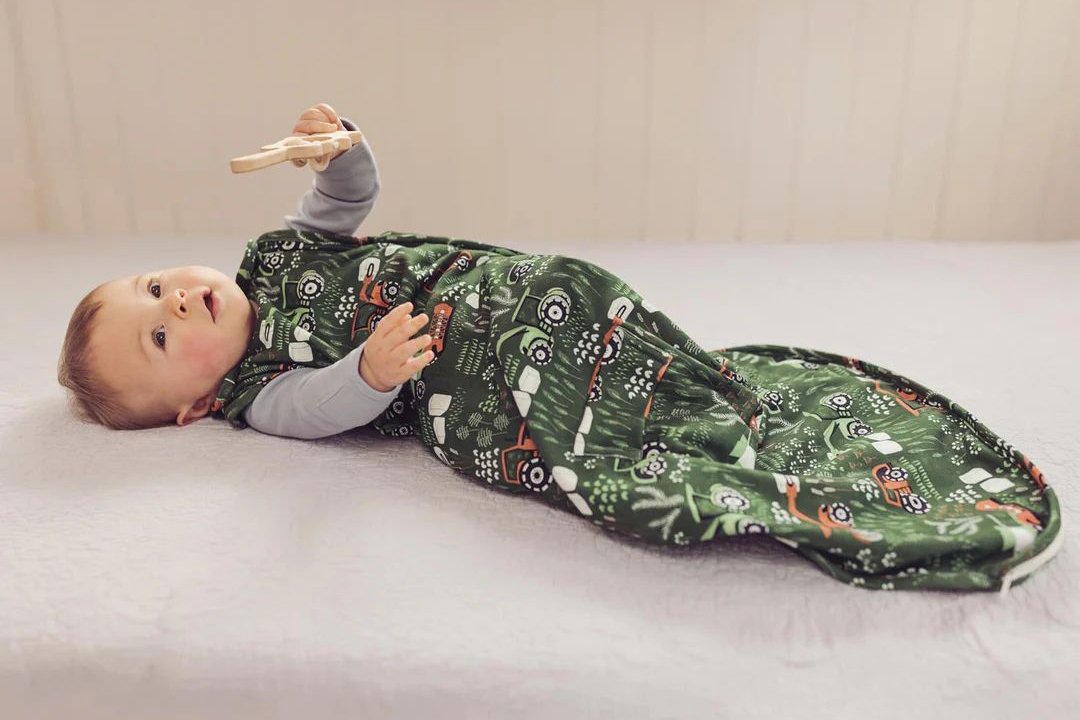
Sleep sacks are an excellent alternative to blankets for babies. They provide warmth and comfort while ensuring safety by reducing the risks of loose bedding. Typically, sleep sacks can be used as soon as a baby is born, and they are available in various sizes to accommodate a growing baby.
For newborns, swaddles or sleep sacks that cover the arms can provide a sense of security and warmth. As the baby grows and begins to roll over, transitioning to a sleep sack with open arms is recommended to ensure their movement is not restricted.
Sleep sacks are especially helpful in preventing Sudden Infant Death Syndrome (SIDS) by eliminating the risk of loose blankets. They also provide a consistent temperature, as they are designed to be worn over regular baby clothes, ensuring your baby stays warm without overheating.
H3: Benefits of Using a Sleep Sack for Babies
- Safe and secure alternative to blankets
- Reduces the risk of suffocation
- Helps maintain a consistent sleep environment
What should babies wear under a sleep sack?
What clothes should you dress your baby in when using a sleep sack?
Babies should wear lightweight, breathable clothing under their sleep sacks, such as a onesie or a bodysuit, to avoid overheating. The key is layering so that the sleep sack provides warmth without excess clothing.

When dressing your baby for sleep with a sleep sack, the goal is to keep them comfortable without overheating. Babies regulate their body temperature differently from adults, so it's important to ensure they’re not too warm or too cold.
A good rule of thumb is to dress your baby in a single layer of clothing, such as a cotton onesie or bodysuit, under the sleep sack. The sleep sack will provide additional warmth, and the layers will ensure your baby stays cozy throughout the night.
Avoid dressing your baby in thick clothing under the sleep sack, as this can lead to overheating. Overheating has been linked to an increased risk of SIDS, so it's important to maintain a comfortable temperature. Always check your baby’s neck or back to see if they are too hot or too cold.
H3: Ideal Clothing for Babies Under Sleep Sacks
- Lightweight onesie or bodysuit
- Avoid thick layers to prevent overheating
- Opt for natural fabrics like cotton to maintain breathability
What kind of blanket is best for a newborn baby?
Choosing the right blanket for a newborn is crucial for safety and comfort.
The best blanket for a newborn is one made from breathable materials like organic cotton or bamboo. Avoid loose, heavy blankets that could increase the risk of suffocation or overheating.
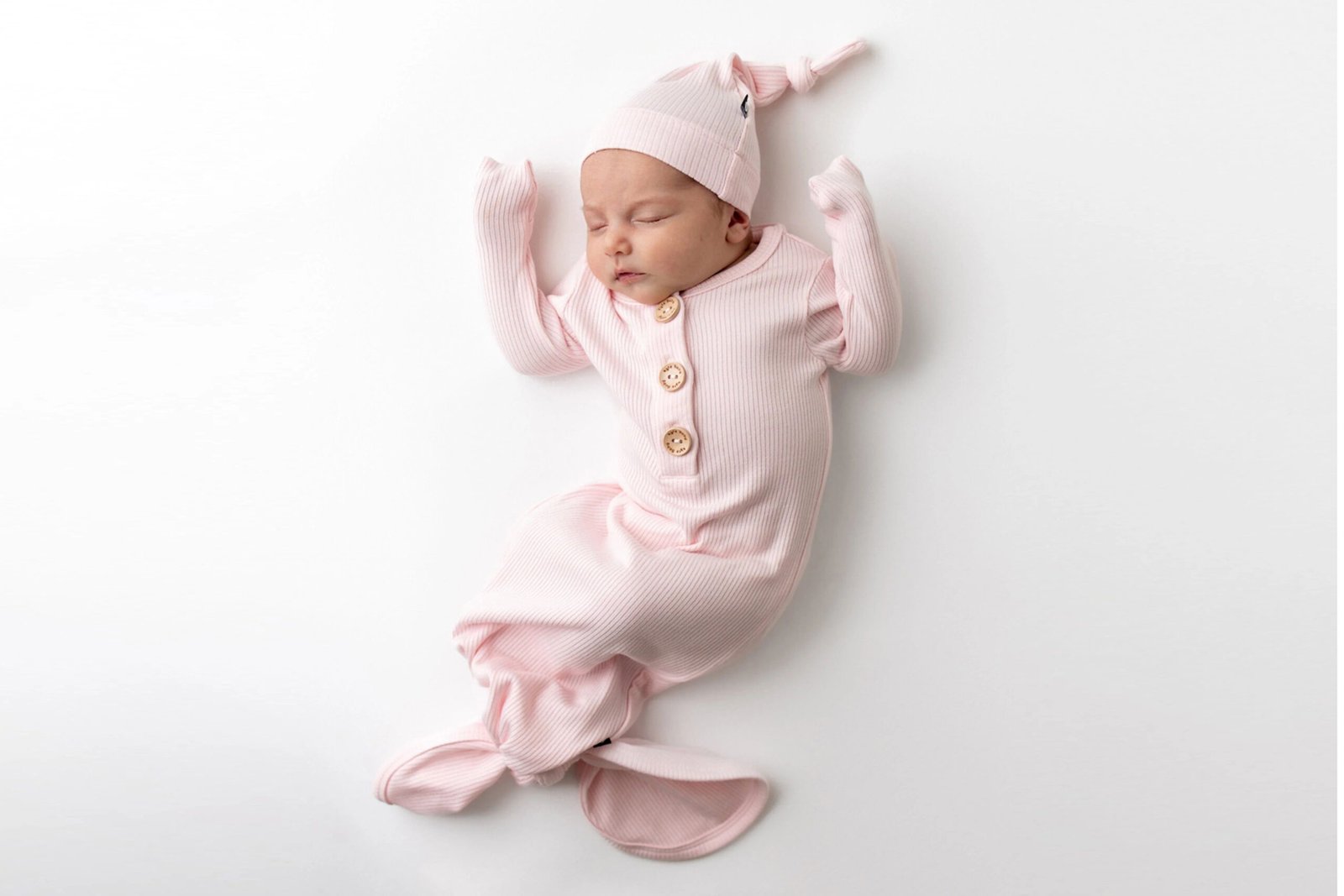
When it comes to newborns, safety should always come first. Blankets that are too thick or made from synthetic materials can trap heat and increase the risk of overheating. Instead, opt for breathable fabrics like organic cotton or bamboo, which are gentle on your baby’s skin and provide a comfortable sleeping environment.
A good option is a lightweight, swaddle-friendly blanket or a sleep sack designed for newborns. These products help keep babies warm while reducing the risks associated with loose bedding. In addition, they help prevent babies from accidentally kicking off their blankets during sleep, which can disrupt their rest.
H3: Best Blankets for Newborns
- Organic cotton blankets for softness and breathability
- Bamboo blankets for moisture-wicking and temperature regulation
- Avoid heavy or synthetic blankets for newborns
What are some reasons to use a baby sleeping bag?
Baby sleeping bags are becoming increasingly popular among parents. What are the benefits?
Baby sleeping bags keep your baby warm without the risk of suffocation from loose blankets. They also provide a safer sleep environment by reducing the chances of rolling over and promote better sleep quality.
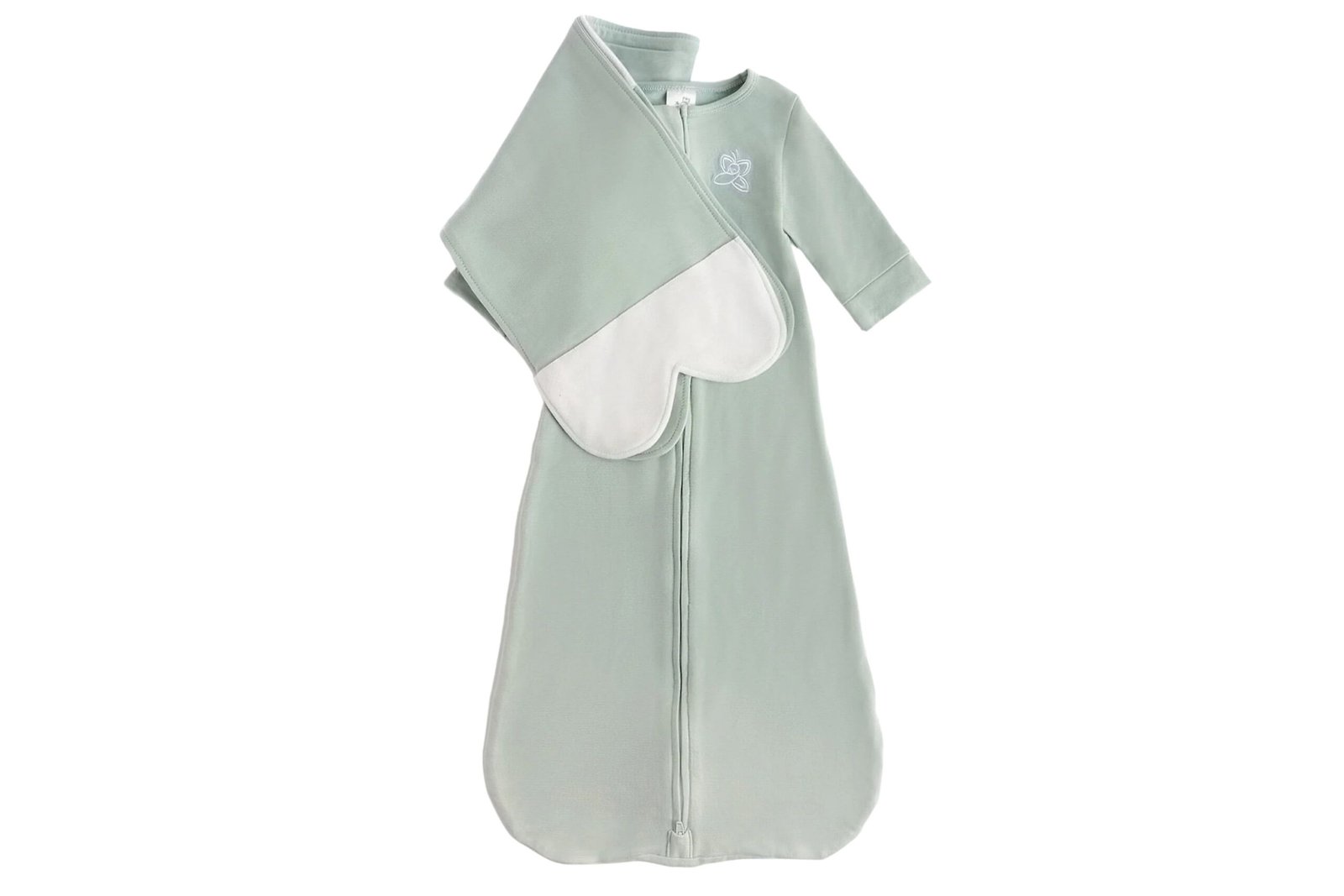
Baby sleeping bags are an essential item for parents looking for a safer and more comfortable sleep option for their babies. Unlike blankets, which can easily be kicked off or shifted during the night, sleep bags stay securely in place. This helps prevent the risks associated with loose bedding, such as suffocation or entanglement.
Additionally, baby sleeping bags are designed to provide consistent warmth and comfort, which is vital for a baby’s sleep. They come in various thicknesses, so parents can choose the right one based on the season or room temperature. The design of sleep bags also allows babies to move their arms and legs freely, which is important for their development.
H3: Benefits of Baby Sleeping Bags
- Safe alternative to loose blankets
- Promote better sleep by maintaining consistent warmth
- Easy to use and eliminates risks of entanglement
Conclusion
Weighted sleep sacks can be a safe and effective tool for improving baby sleep, but it is crucial to use them correctly. Ensure you follow safety guidelines and consult your pediatrician to determine the best options for your baby’s age and size.



